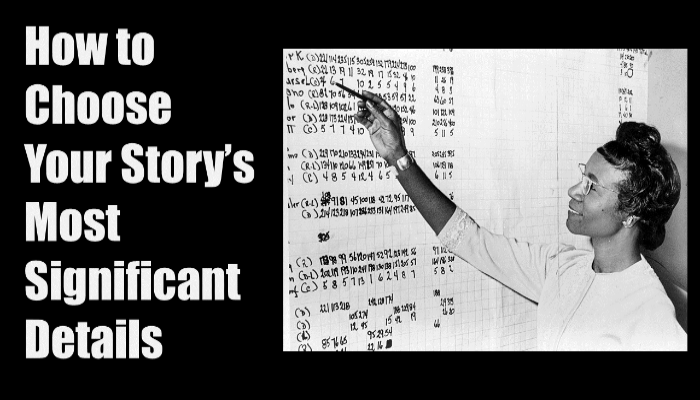
Last week we discussed how right words combined with the most significant details created one-sentence stories. But, what exactly is the most significant detail? If you’re preparing for a meeting with your boss, writing a press release, or authoring a presentation, how do you identify the most important components to focus on?
Let’s consider the story of four numbers: 1, 4, 5, 9
How would we rank each digit in terms of significance? One way would be through magnitude:
- 9 is most significant, because it is the largest
- 5 is the next most significant because it is the next largest.
- 4 is the next most significant because it is the next largest.
- 1 is the least significant because it’s the smallest.
But what if, rather than listing them separately, we created a different story, like 1,459?
Essentially, 1,459 tells the story of four different numbers: 1000 + 400 + 50 + 9. In this story, a digit’s significance has more to do with its location than its relative magnitude.
- 1 is now the most significant digit because it represents 1,000
- 4 is the next most significant because it represents 400
- 5 is the next most significant because it represents 50
- 9 is least significant digit because it only represents itself.
It all depends upon the context. Sometimes ‘9’ is more significant than a ‘1’ and vice-versa.
So, what are the most significant details in your story? What’s the most significant role, event, or influence? The answers to these questions will form a solid frame for you to build your story upon.
Photo Credit: Higgins, Roger, photographer. Shirley Chisholm, head-and-shoulders portrait, facing left, standing with right arm raised, looking at list of numbers posted on a wall / World Telegram & Sun photo by Roger Higgins. New York, 1965. November 2. Photograph. Retrieved from the Library of Congress, https://www.loc.gov/item/2005676944/.